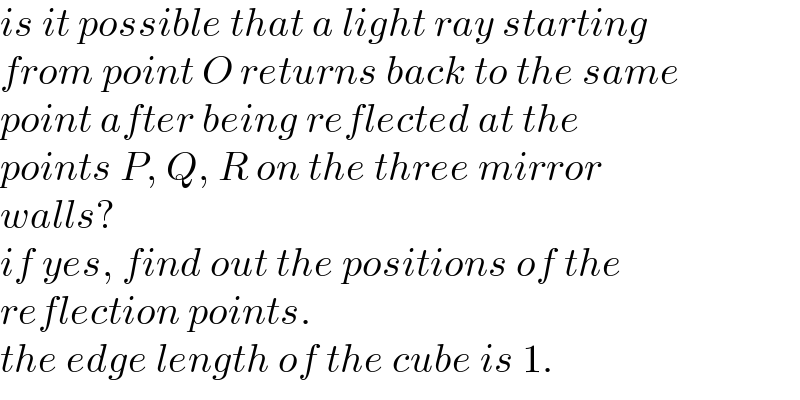
Question and Answers Forum
Question Number 176966 by mr W last updated on 28/Sep/22

Commented by mr W last updated on 29/Sep/22

Answered by mr W last updated on 29/Sep/22

Commented by mr W last updated on 29/Sep/22

Commented by mr W last updated on 29/Sep/22

Commented by mr W last updated on 29/Sep/22

Commented by Tawa11 last updated on 02/Oct/22

